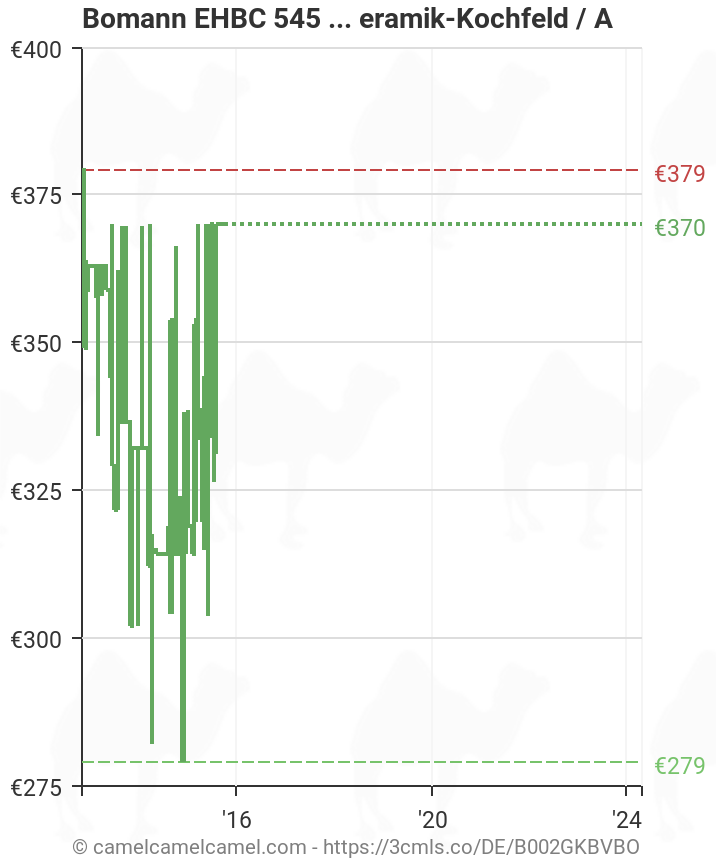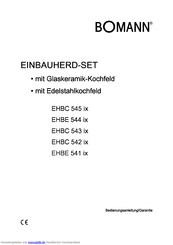
Bomann EHBC 545 ix Einbauherd Glas-Keramik-Kochfeld / A | Amazon Preisverfolger/-verfolgung, Amazon Preisverlaufsdiagramme, Amazon Preisüberwachungen, Amazon Preissenkungsalarme | camelcamelcamel.com

Bomann Glas-Kochfeld EHBC 545 ix in Rheinland-Pfalz - Zweibrücken | Herd, Elektroherd oder Backofen gebraucht kaufen | eBay Kleinanzeigen
















